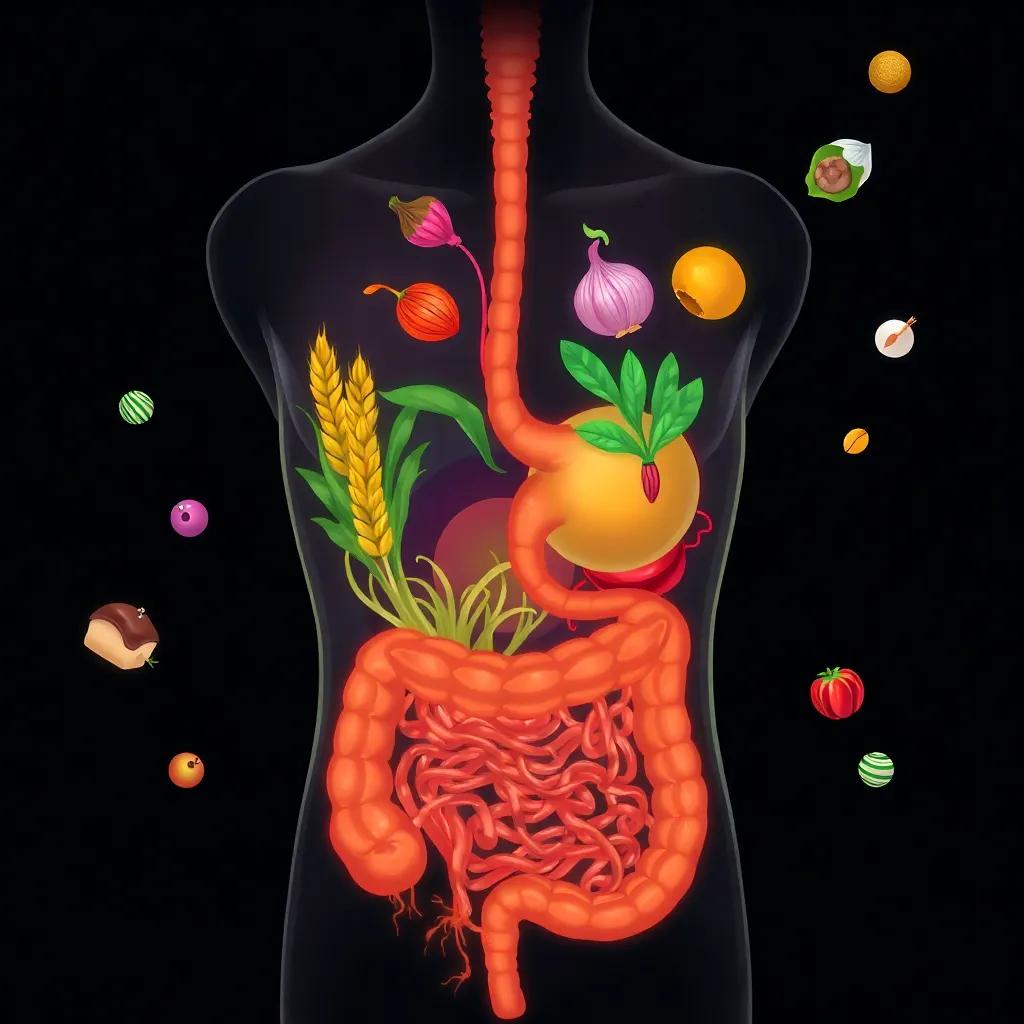New research reveals fructan intolerance often masquerades as gluten sensitivity, driving demand for low-FODMAP products and improved diagnostic protocols in gastroenterology.
Cutting-edge studies and diagnostic advances reveal how fructan intolerance challenges traditional gluten sensitivity diagnoses, fueling a $12.6 billion low-FODMAP market revolution.
The Fructan-Glutin Confusion Crisis
Dr. Rebecca Scott from Johns Hopkins Gastroenterology stated at the 2024 Digestive Disease Week: ‘Our clinic now sees 3-4 misdiagnosed gluten sensitivity cases weekly that actually test positive for fructan malabsorption.’ This diagnostic challenge stems from overlapping symptoms – bloating, gas, and abdominal pain – caused by both conditions’ inability to properly break down specific carbohydrates.
Breakthroughs in Diagnostic Precision
The American College of Gastroenterology’s updated guidelines (July 12, 2024) mandate hydrogen breath testing for suspected carbohydrate intolerances. This comes as MyFitnessPal’s new FODMAP-tracking feature (launched July 15) recorded 1.2 million user activations in its first week, highlighting growing public awareness.
Probiotics: The New Frontier
A landmark Gut Microbes study (July 10, 2024) demonstrated that Bifidobacterium longum supplementation improved fructan digestion in 60% of participants. ‘This strain specifically targets fructan fermentation pathways,’ explained lead researcher Dr. Anika Patel during a NIH press briefing.
Commercial Boom Meets Clinical Caution
While Market Data Forecast projects the low-FODMAP market to reach $12.6 billion by 2029, Dr. Mark Pimentel of Cedars-Sinai warns: ‘We must prevent dietary trends from outpacing science – 42% of gastroenterologists now screen for fructan issues first, per IFFGD’s July survey.’
Historical Patterns in Digestive Health Trends
The current fructan awareness movement mirrors the early 2010s gluten-free boom, when diagnoses of celiac disease increased 400% between 2000-2015 according to Mayo Clinic data. However, where gluten-free diets often became lifestyle choices, low-FODMAP requires precise medical supervision. Monash University’s 2005 FODMAP discovery laid groundwork, but only recent technological advances in gut microbiome analysis (accelerated by 2021 NIH funding initiatives) enabled today’s diagnostic precision.
Balancing Innovation and Patient Care
The 2024 surge in FODMAP-friendly products recalls the 2017-2020 probiotic supplement boom, which saw 23% annual growth before plateauing. Current market dynamics differ through integration with digital health tools – MyFitnessPal’s tracker follows FDA-cleared apps like FoodMarble’s AIRE device. Yet as registered dietitian Lisa Sanders notes: ‘No app replaces proper elimination-rechallenge protocols; we’re seeing dangerous self-diagnosis rates among TikTok-literate patients.’

